In a few months, the Trump administration is expected to push Rwanda and the Democratic Republic of Congo (DRC) to sign a peace deal which is supposed to be followed by a bilateral minerals’ agreement between the U.S. and the DRC. The agreement puts some parties in an advantageous position while leaves others with a less fortunate fate. The U.S. is supposed to gain economically and politically by this agreement especially when it comes to its rivalry with China. While the DRC is expected to gain in the short-term leveraging the “conflict minerals” narrative, the long-term consequences are not necessarily desirable. The EU is left with the undesirable situation. The bloc will either adjust its policies toward the DRC’s minerals or remain in a situation where a clash with the Trump administration is possible. While a direct military confrontation between the two powers remains improbable, a proxy war in which M23 rebels are a main actor is possible. Additionally, with minerals gaining increasing geoeconomic relevance, Trump has eyed several countries including Ukraine, and the DRC, who could be his next target?
A Win-Win-Lose Situation?
Controversially, one could argue that the triangular partnership inevitably places at least one actor at a disadvantage. Among the three, the United States emerges as the most advantaged, securing valuable returns at minimal cost. Its access to critical minerals from the DRC offers both economic gains and strategic geopolitical leverage. The Trump administration, in particular, appeared to recognize Africa’s utility in its broader efforts to counter China’s rising influence. Notably, at the same time that U.S. aid to African nations was being scaled back, the administration moved to formalize an agreement with the mineral-rich DRC.
The Trump administration does not appear to prioritize Africa in its broader foreign policy—except, perhaps, in contexts related to countering China’s growing influence and securing access to critical minerals. DRC plays a central role in this regard, as it holds approximately 60% of the world’s coltan reserves and was the leading producer of cobalt in 2024, contributing around 70% of global output. China has already established a strong presence in the DRC’s cobalt sector, exerting significant control over major reserves. In response, President Felix Tshisekedi’s approach appears to align with two key U.S. objectives: ensuring reliable access to strategic minerals and challenging China’s dominance in the mineral supply chain. Given that the U.S. lacks domestic companies operating directly on the ground in the DRC, it struggles to compete with China’s entrenched economic presence. Chinese firms control over 80% of Congo’s copper mines, making China the dominant player. The new agreement, however, provides the U.S. with a strategic entry point—shifting the competition from China’s infrastructure-focused approach to one based on security and strategic alliances.
Europe finds itself in a less favourable position compared to the U.S. The EU remains heavily reliant on external sources for critical minerals. For example, China supplies 100% of the EU’s heavy rare earth elements, Turkey accounts for 99% of its boron supply, and South Africa meets 71% of its platinum demand—along with an even greater share of the platinum group metals such as iridium, rhodium, and ruthenium. In response to these dependencies, the EU launched a raw materials diplomacy strategy, within which mineral cooperation agreements with countries like Rwanda have been pursued. However, the newly established U.S.-DRC agreement poses challenges to the EU’s approach. Rwanda’s ability to serve as a mineral supplier may be undermined, especially since its access to such resources is reportedly linked to smuggling operations facilitated by M23 rebels within the DRC. The increasing U.S. involvement in the region threatens these informal channels, potentially disrupting the EU’s mineral supply. As a result, Europe faces limited alternatives. Nonetheless, President Tshisekedi has indicated his openness to granting both American and European companies access to the DRC’s mineral wealth, on the condition that such engagement contributes to restoring peace and security in the region.
To avoid being sidelined, European actors may need to accept Tshisekedi’s offer. Aligning with the American approach appears strategically necessary under current geopolitical circumstances. However, the EU has yet to demonstrate a clear willingness to follow this path. This hesitance is evident in the European Parliament’s failure to formally denounce the memorandum of understanding with Rwanda which remains controversial due to concerns over the origin of the minerals and Rwanda’s role in the regional conflict.
The DRC is seen as a short-term beneficiary of its recent agreement with the U.S., President Tshisekedi appears to have drawn strategic inspiration from the Ukrainian case, adopting a “conflict minerals” narrative—one that links the extraction of natural resources to violence and instability—as a means to attract U.S. engagement. By framing the DRC’s mineral wealth within the broader context of geopolitical rivalry between the United States and China, Tshisekedi is leveraging global power competition to his country’s advantage. However, the long-term implications for the DRC remain uncertain. A change in U.S. administration could alter Washington’s foreign policy priorities, potentially leaving Kinshasa without the security backing it currently receives. In such a scenario, the M23 rebels could reemerge, and the DRC would risk losing both China’s infrastructure-driven investment and U.S. security support.
A Possible Clash
If the U.S. and the EU continue to pursue divergent—and at times conflicting—strategies for securing critical minerals, the potential for friction between the two Western powers becomes increasingly plausible. Tensions have been mounting since the inauguration of President Trump in January 2025, marking a renewed period of transatlantic disagreement. From Trump’s criticism of European nations as “free riders” within NATO to his provocative remarks about acquiring Greenland, the prospect of confrontation between the U.S. and Europe is no longer merely speculative. As both actors navigate the global competition for strategic resources, particularly in regions like Africa, overlapping interests without coordination could further strain their alliance.
While the U.S. opted to support the DRC government in its fight against M23 in exchange for access to strategic minerals, the EU appears to have taken a more controversial route by aligning—whether indirectly or tacitly—with M23. Although the EU publicly condemns Rwanda and denies any support for M23, substantial evidence suggests otherwise. While a direct military confrontation between the U.S. and EU over DRC minerals remains improbable, the likelihood of geoeconomic tension and strategic divergence is growing. As both powers compete for influence in a resource-rich and conflict-affected region, eastern DRC is becoming a focal point of broader geopolitical competition.
The EU’s memorandum of understanding with Rwanda remains highly contentious, particularly in light of Rwanda’s alleged involvement in destabilizing the DRC by backing M23. The controversy intensified as the European Parliament called for the immediate suspension of the EU-Rwanda Memorandum of Understanding on Sustainable Commodity Value Chains—signed in February 2024—until Rwanda halts all interference in the DRC, including the export of minerals sourced from M23-controlled territories. These resources, described by Members of the European Parliament as “bloodstained,” highlight the moral and strategic dilemma facing Brussels. The agreement with Kigali is part of the broader global race to secure critical minerals essential for the green transition, with the EU working to reduce its dependence on China. Under the agreement, Rwanda would provide key materials—such as tantalum, tin, tungsten, gold, niobium, lithium, and rare earth elements—in return for substantial EU investment in its mining infrastructure. Through the Global Gateway initiative, launched in 2021 to build strategic infrastructure in developing countries, Rwanda has been allocated over 900 million euros in funding.
If the EU persists in its current approach while the U.S. continues to deepen its direct alliance with Kinshasa, the risk of a proxy conflict in the DRC could escalate. In such a scenario, M23, potentially backed by the EU through its partnership with Rwanda, may find themselves pitted against a DRC government bolstered by U.S. security and diplomatic support. This alignment risks entrenching opposing Western interests on the ground, further destabilizing eastern DRC and complicating international efforts to address the root causes of the conflict.
While the likelihood of a direct military confrontation between the U.S. and EU remains minimal—given neither power is willing to deploy hard power in Congo—there are tangible risks of a proxy war and escalating economic tensions. As the two powers vie for control over the DRC’s mineral wealth, each aligning with different, competing partners, competition for access to these critical resources is inevitable. A clash between the U.S. and EU over DRC minerals is plausible, but it is more likely to manifest not as an overt conflict, but as a form of geoeconomic competition, where economic influence and strategic alliances play a central role in shaping the outcomes.
The final question remains: what are the next destinations for Trump? The DRC represents a key focus for the American administration in its pursuit of critical minerals. However, it is unlikely to be the last, as Trump seems to be adopting a new approach that prioritizes acquiring essential minerals, regardless of the potential conflicts that may arise. The DRC, Ukraine, and Greenland are the three countries where the U.S. president has already shown significant interest. As previously mentioned, the DRC, the largest country in sub-Saharan Africa, is home to strategic mineral reserves estimated at $24 trillion. Ukraine boasts deposits of 22 of the 34 minerals deemed critical by the EU, including the continent’s largest reserves of titanium—vital for wind turbines, fuel cells, and batteries. Greenland, rich in net-zero minerals such as graphite and lithium, is pivotal in the global transition to renewable energy, powering electric vehicles and wind turbines. The island’s resources gained international attention after Trump expressed a desire to incorporate Greenland into the United States.
Meanwhile, two other countries—Chile and Brazil—are emerging as potential targets. Chile holds the world’s largest lithium reserves, crucial for energy storage and electric vehicles. However, the mining of lithium in the Atacama Desert raises significant environmental concerns, including water depletion and contamination, as well as threats to fragile ecosystems. Brazil, with substantial reserves of nickel, lithium, cassiterite, and bauxite, has experienced a surge in mining activity, sparking numerous conflicts with Indigenous communities and small-scale farmers. A report by a Brazilian NGO uncovered 348 conflicts between 2020 and 2023, highlighting the tension between mining enterprises and local populations. With these countries rich in minerals but fraught with controversies, they are prime candidates for Trump.
References
“Can the DRC Leverage U.S.-China Competition over Critical Minerals?” Carnegie Endowment for International Peace, March 2025. https://carnegieendowment.org/research/2025/03/can-the-drc-leverage-us-china-competition-over-critical-minerals?lang=en
“The Critical Minerals Race Will Heat up in 2025.” Context, January 8, 2024. https://www.context.news/just-transition/the-critical-minerals-race-will-heat-up-in-2025
“DR Congo Mining Capital in Spotlight as US, China Vie for Minerals.” NPR, December 4, 2024. https://www.npr.org/2024/12/04/nx-s1-5208953/dr-congo-mining-capital-us-china-lobito-corridor-minerals-copper-africa-angola
“Europe’s Critical Raw Materials.” European Commission. Accessed May 4, 2025. https://single-market-economy.ec.europa.eu/sectors/raw-materials/areas-specific-interest/critical-raw-materials_en
“US Pushing Congo-Rwanda Peace Accord, Accompanied by Bilateral Minerals Deals.” Reuters, May 1, 2025. https://www.reuters.com/world/africa/us-pushing-congo-rwanda-peace-accord-accompanied-by-bilateral-minerals-deals-2025-05-01/
Williams, Aime. “US-Backed Project to Rival China’s Grip on Africa’s Mineral Wealth.” Financial Times, April 29, 2024. https://www.ft.com/content/8b62cdda-8ab5-45ab-aeb0-91582ae18ca8




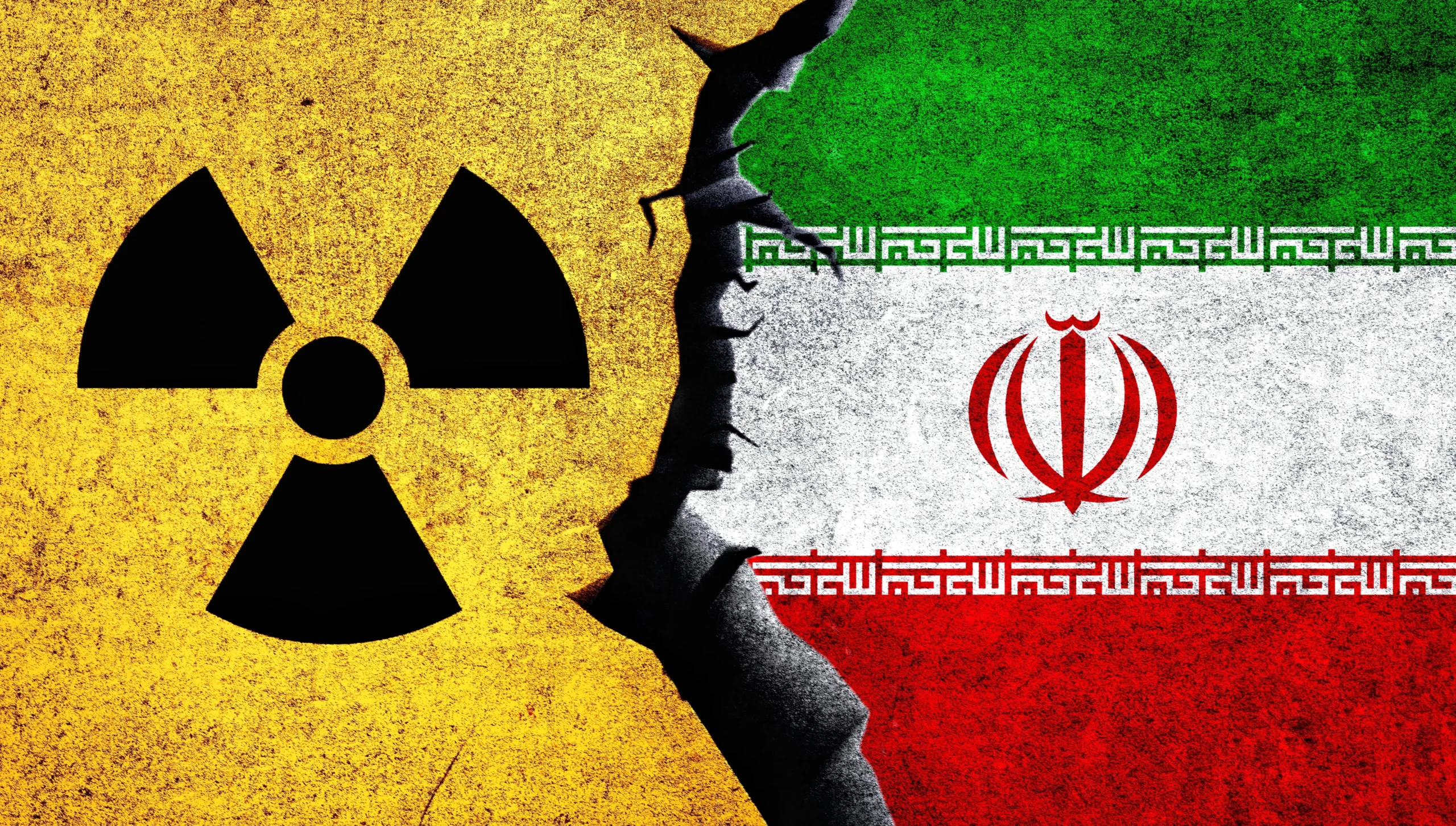
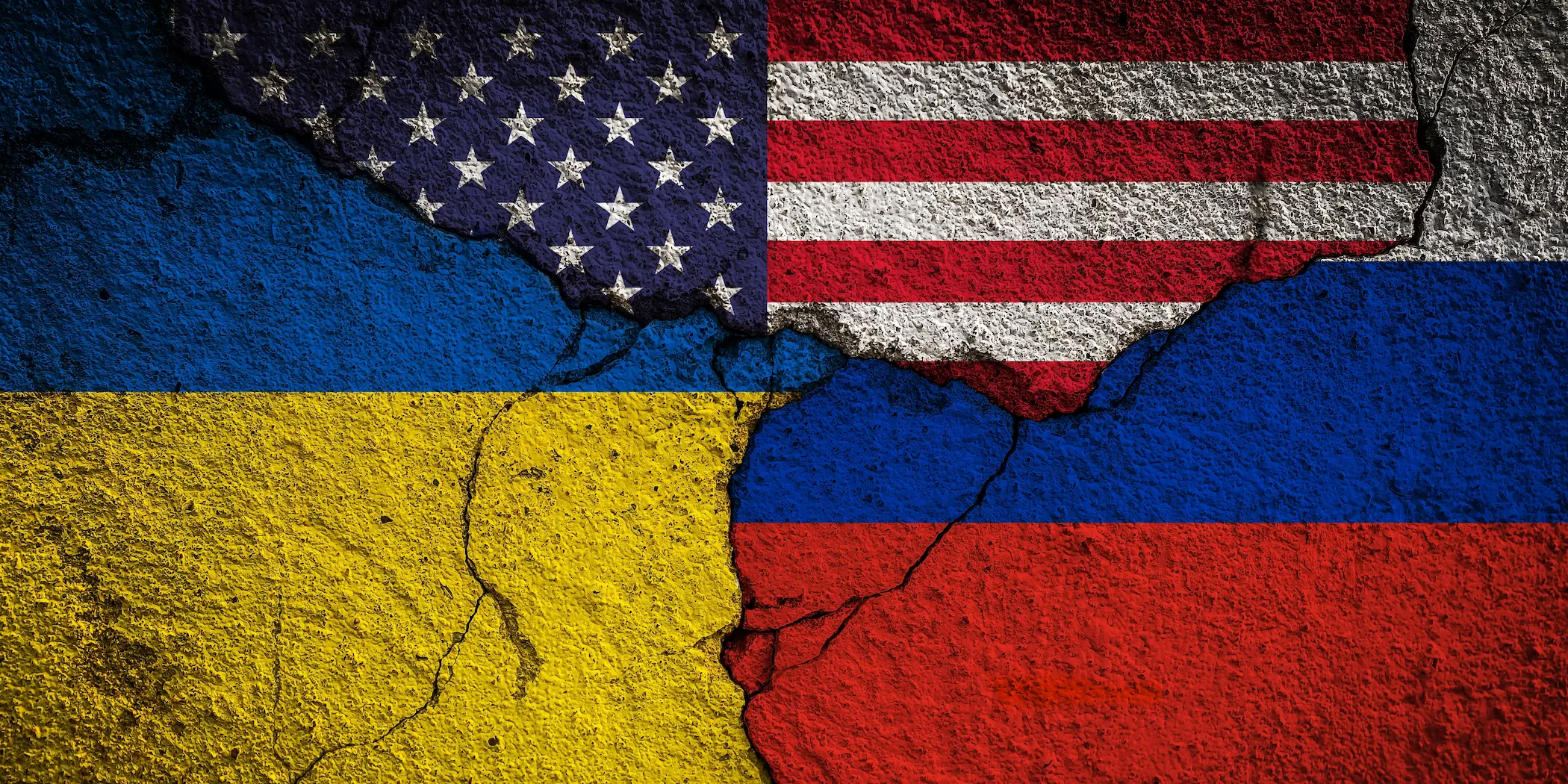

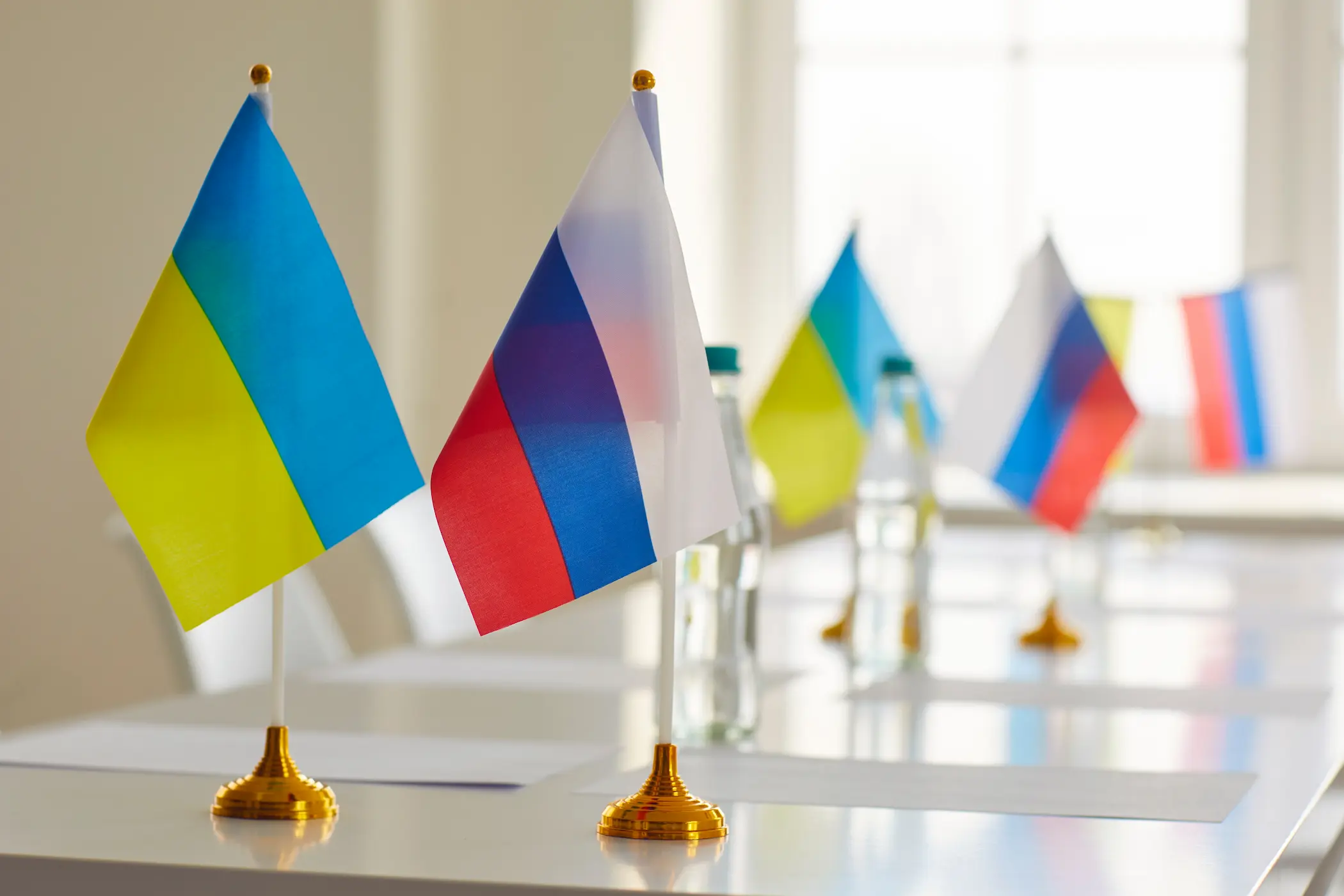




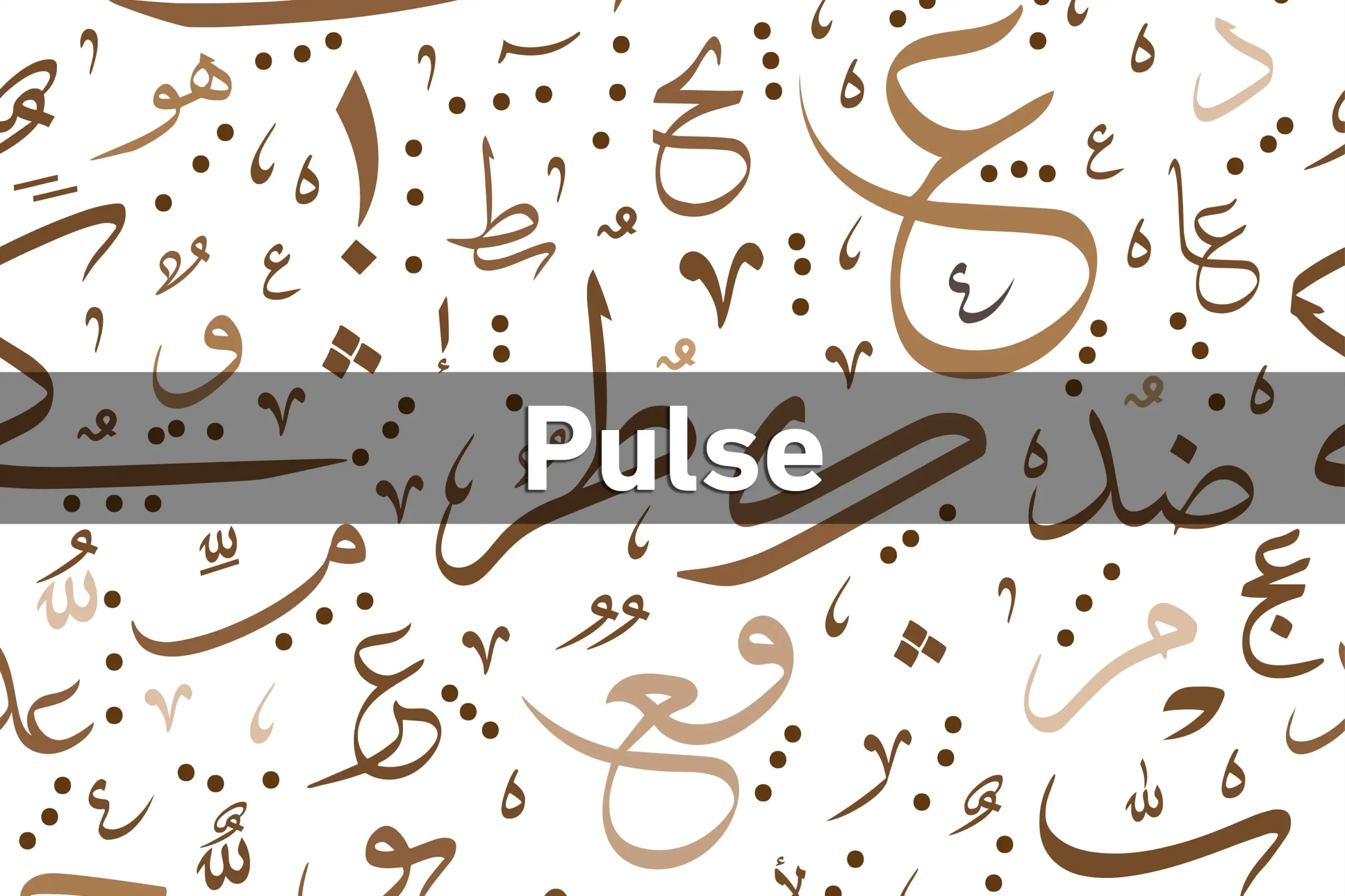
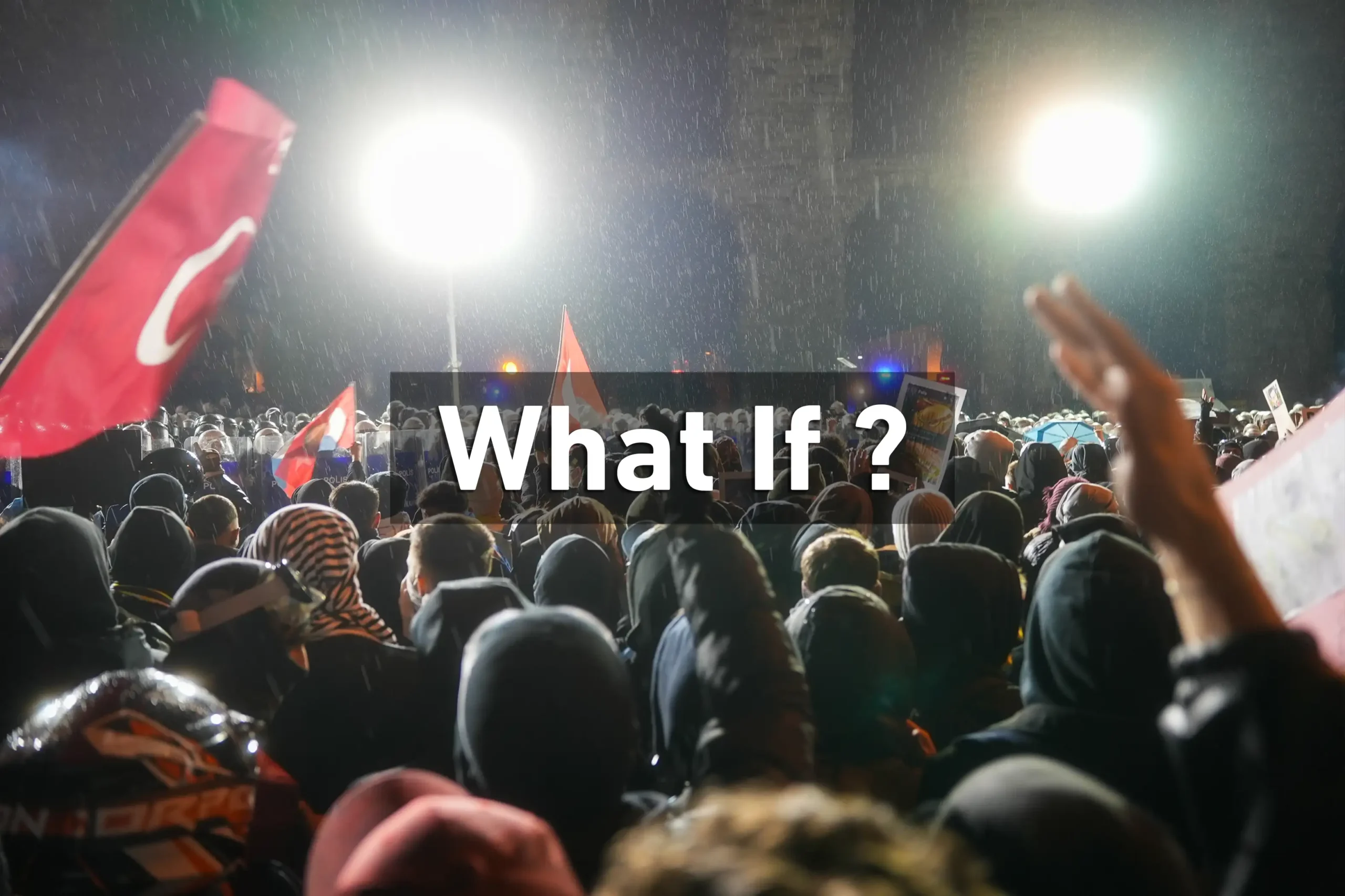

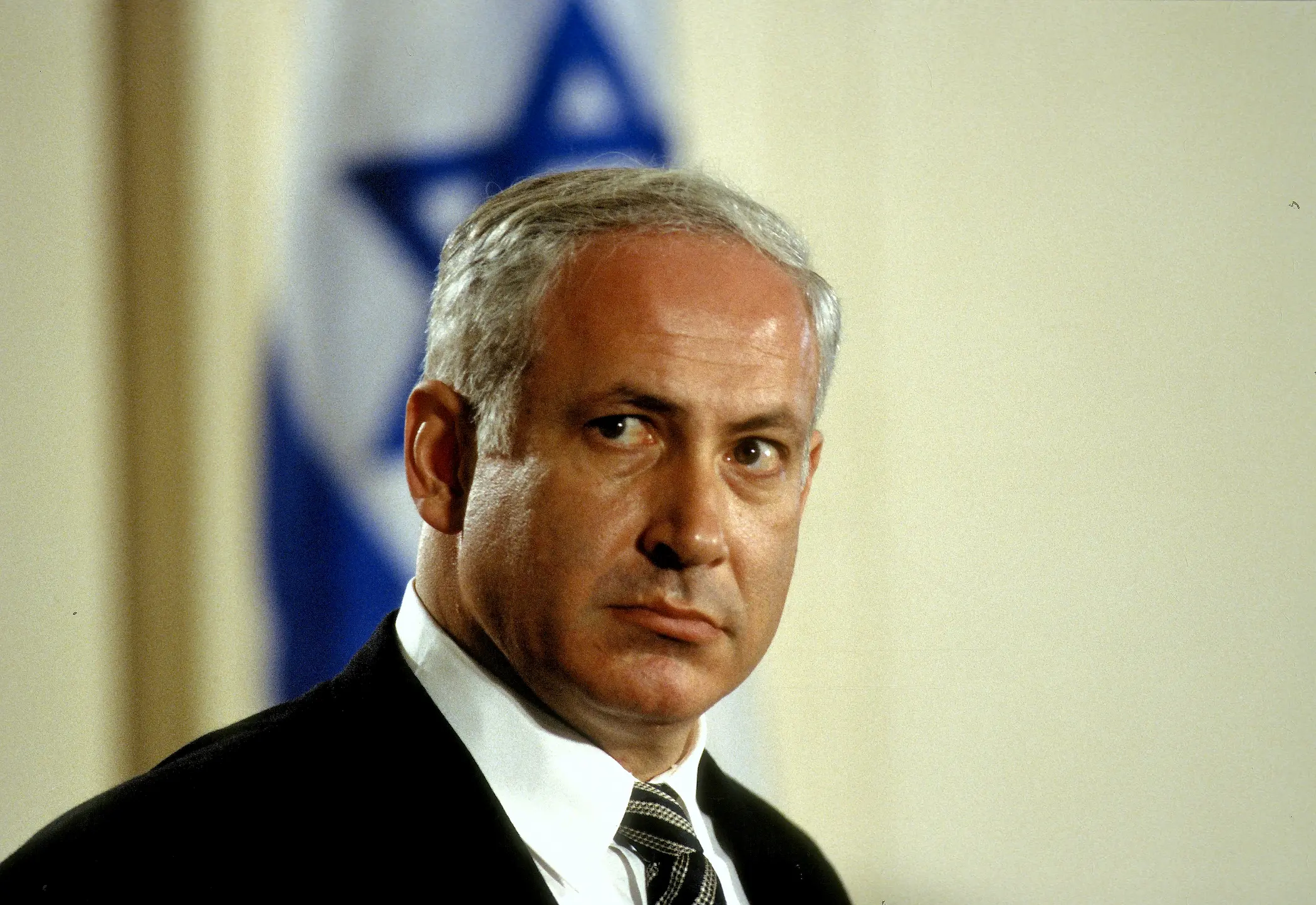
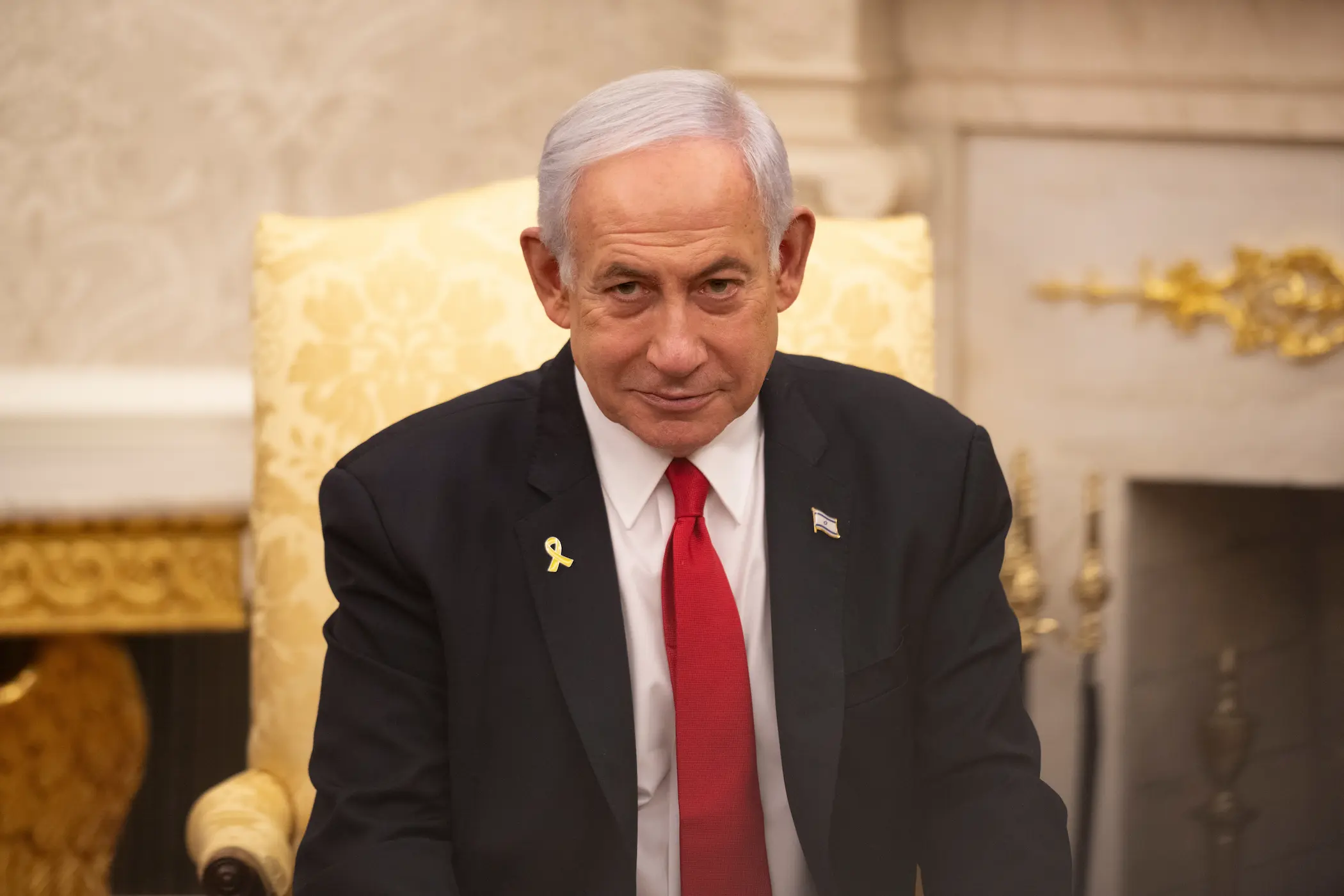
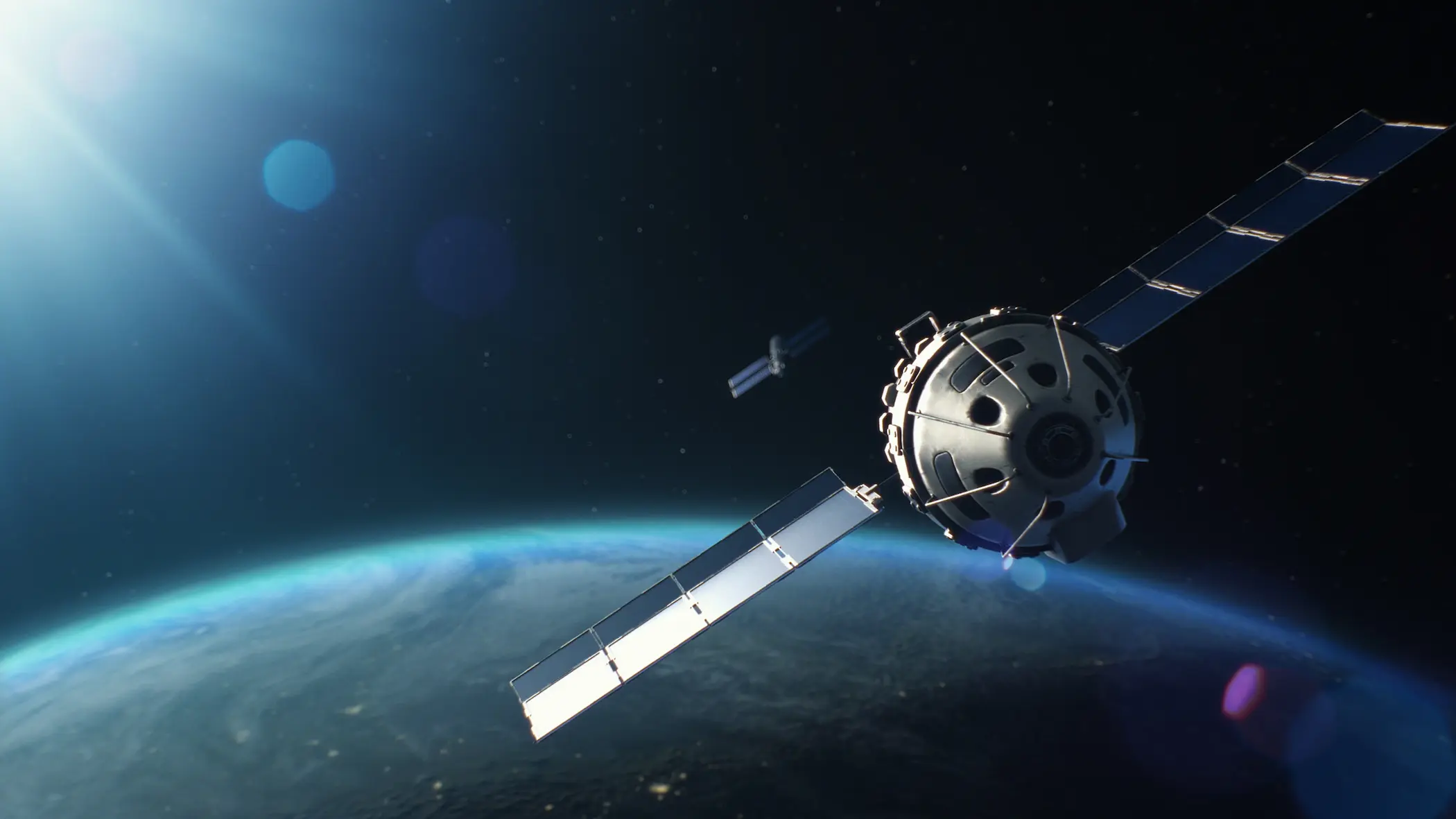




Comments